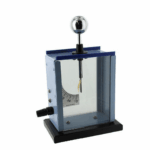
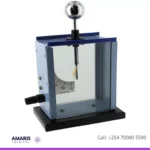


Gold leaf electroscope
$6,500.00 Original price was: $6,500.00.$5,900.00Current price is: $5,900.00.
A gold leaf electroscope
A gold leaf electroscope is a simple device used to detect the presence and magnitude of electric charge. It consists of a metal rod or plate (usually brass) with a pair of thin gold leaves attached at the top. The rod is usually housed in a glass container to protect it from air currents.
Here’s how it works:
- Charging: When a charged object is brought close to the metal rod or plate, the electric charge induces a redistribution of charge in the metal rod. If the charged object is positively charged, it repels positive charges in the metal rod to the leaves, causing them to acquire a positive charge and repel each other. Similarly, if the charged object is negatively charged, it induces a negative charge in the metal rod, causing the leaves to acquire a negative charge and repel each other.
- Detection: The repulsion between the leaves causes them to diverge away from each other. The degree of divergence depends on the magnitude of the electric charge present. A stronger charge will cause the leaves to diverge further.
- Neutralization: If the charged object is removed, the leaves may remain diverged for some time if the electroscope is insulated from its surroundings. However, over time, any charge present on the leaves will dissipate due to the conductivity of the air and the surroundings, causing the leaves to return to their original position.
Uses of gold leaf electroscope
Detection of Electric Charge:
The primary use of a gold leaf electroscope is to detect the presence and magnitude of electric charge. It can identify whether an object is charged positively, negatively, or neutral.
Electrical Experiments:
Gold leaf electroscopes are commonly used in physics laboratories and classrooms for experiments related to electrostatics. They can be used to demonstrate principles such as charging by induction, the behavior of conductors and insulators, and the distribution of charge on objects.
Calibration of Instruments:
In some cases, gold leaf electroscopes are used to calibrate other instruments that measure electric charge or electric fields. By comparing the deflection of the gold leaves with known electric charges, the sensitivity and accuracy of other instruments can be verified.
Electrical Safety:
Gold leaf electroscopes can also be used as a simple tool to check for the presence of electric charge on objects or surfaces. This can help in identifying potentially hazardous situations where electric shocks may occur.
Demonstrations and Education:
Gold leaf electroscopes are often used as educational tools to teach students about electricity and electrostatics. Their simple design and visible response make them effective for demonstrating abstract concepts in a tangible way.


 Emollients
Emollients Humectants
Humectants UV Filters
UV Filters Surfactants (cosmetic)
Surfactants (cosmetic) Preservatives (cosmetic)
Preservatives (cosmetic) Fragrances and Essential Oils
Fragrances and Essential Oils Antioxidants (cosmetics)
Antioxidants (cosmetics)
 Solvents (lab)
Solvents (lab) Chromatography Chemicals
Chromatography Chemicals Microbiology and Cell Culture Reagents
Microbiology and Cell Culture Reagents Biochemical Reagents
Biochemical Reagents Inorganic and Organic Standards
Inorganic and Organic Standards Spectroscopy Reagents
Spectroscopy Reagents Molecular Biology Reagents
Molecular Biology Reagents
 Precious Metal Extraction Agents
Precious Metal Extraction Agents
 Plasticizers
Plasticizers Polymerization Initiators
Polymerization Initiators Stabilizers
Stabilizers Monomers
Monomers Fillers and Reinforcements
Fillers and Reinforcements Antioxidants (plastics)
Antioxidants (plastics) Colorants (plastic pigments,Dyes)
Colorants (plastic pigments,Dyes)
 Fertilizers
Fertilizers Plant Growth Regulators
Plant Growth Regulators Soil Conditioners
Soil Conditioners Animal Feed Additives
Animal Feed Additives Biostimulants
Biostimulants
 Dough Conditioners
Dough Conditioners Flour Treatments
Flour Treatments Fat Replacers
Fat Replacers Preservatives (baking)
Preservatives (baking)
 Surfactants (cleaning)
Surfactants (cleaning) Builders
Builders Bleaching Agents
Bleaching Agents Enzymes
Enzymes Solvents (cleaning)
Solvents (cleaning) Fragrances
Fragrances Disinfectant
Disinfectant Metal cleaning
Metal cleaning
 Binders/Resins
Binders/Resins Pigments
Pigments Solvents (paint)
Solvents (paint) Additives
Additives Driers
Driers Anti-Corrosion Agents
Anti-Corrosion Agents Specialty Coatings
Specialty Coatings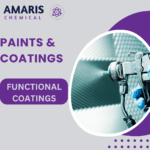 Functional Coatings
Functional Coatings Application-Specific Coatings
Application-Specific Coatings
 Sealants and Adhesives
Sealants and Adhesives
 Biodegradable Surfactants
Biodegradable Surfactants Bio-based Solvents
Bio-based Solvents Renewable Polymers
Renewable Polymers Carbon Capture Chemicals
Carbon Capture Chemicals Wastewater Treatment Chemicals
Wastewater Treatment Chemicals
 Preservatives (food)
Preservatives (food) Flavor Enhancers
Flavor Enhancers Acidulants
Acidulants Sweeteners
Sweeteners Emulsifiers
Emulsifiers Antioxidants (food)
Antioxidants (food) Colorants (food)
Colorants (food) Nutrient Supplements
Nutrient Supplements Nutraceutical Ingredients
Nutraceutical Ingredients
 Fresh Herbs
Fresh Herbs Whole Spices
Whole Spices Ground Spices
Ground Spices Spice Blends
Spice Blends
 Surfactants(oil)
Surfactants(oil)
 Antibiotics
Antibiotics Active Pharmaceutical Ingredients
Active Pharmaceutical Ingredients Excipients
Excipients Vaccine Adjuvants
Vaccine Adjuvants Nutraceutical Ingredients
Nutraceutical Ingredients Solvents (pharmaceutical)
Solvents (pharmaceutical)
 Automotive chemicals
Automotive chemicals Pyrotechnic Chemicals
Pyrotechnic Chemicals


 Vulcanizing Agents
Vulcanizing Agents Accelerators & Retarders
Accelerators & Retarders Antidegradants
Antidegradants Reinforcing Agents
Reinforcing Agents Plasticizers & Softeners
Plasticizers & Softeners Fillers & Extenders
Fillers & Extenders Blowing Agents
Blowing Agents Adhesion Promoters
Adhesion Promoters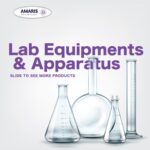
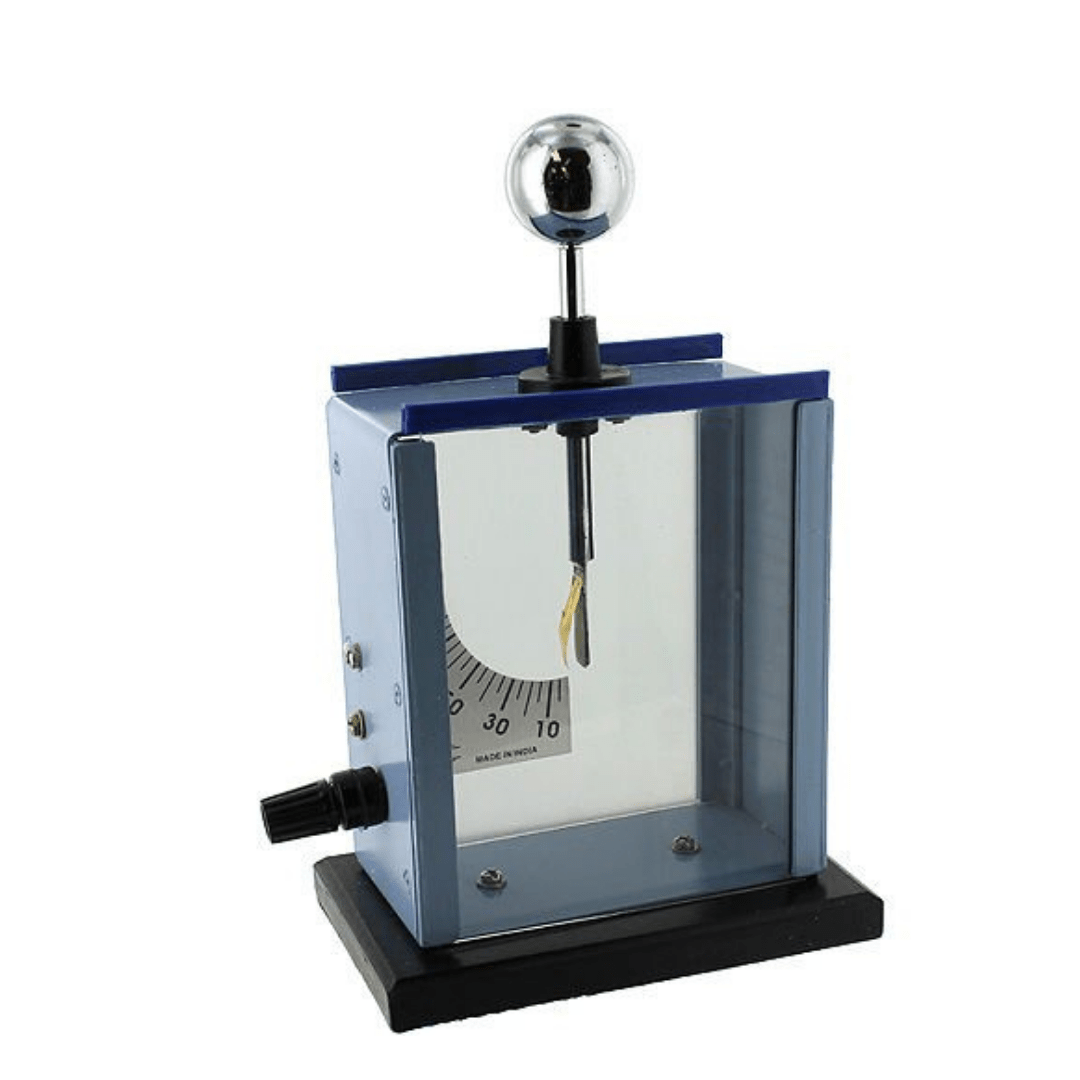

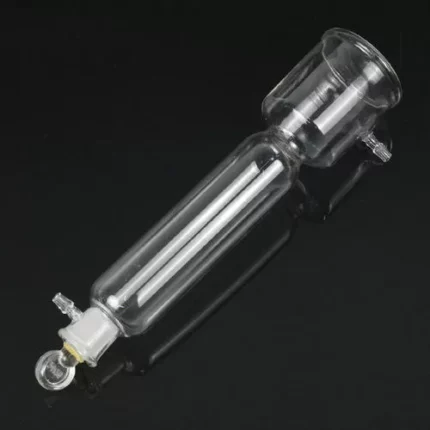

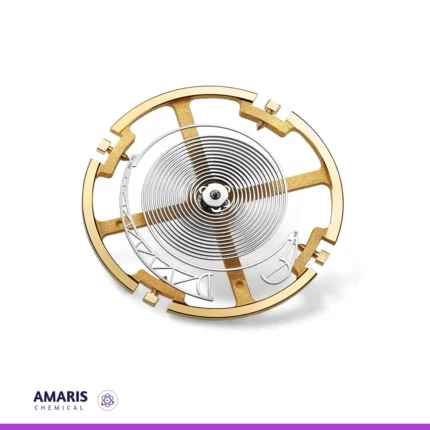
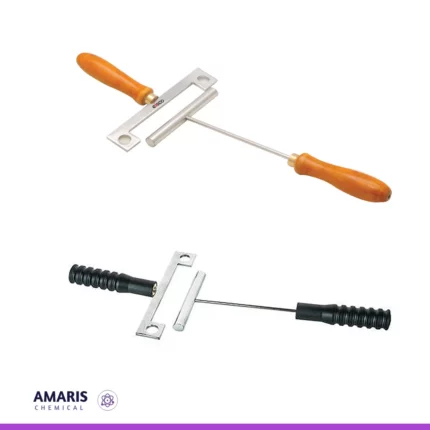
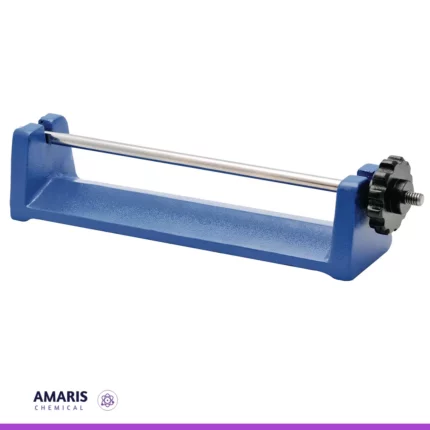

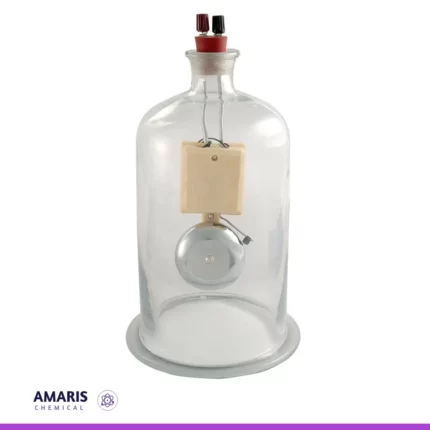

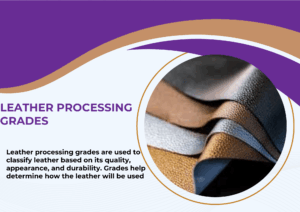












Reviews
There are no reviews yet.